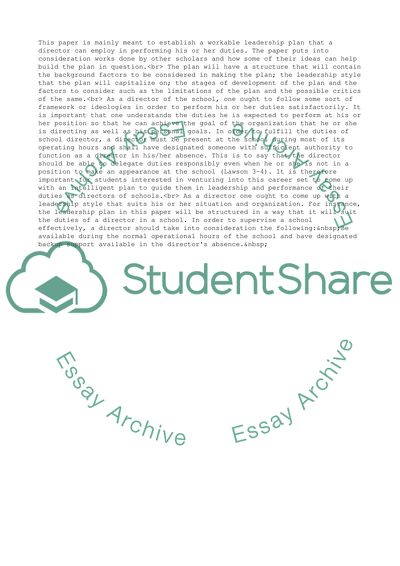Cite this document
(Motivating and Rewarding Employees Term Paper Example | Topics and Well Written Essays - 2750 words - 1, n.d.)
Motivating and Rewarding Employees Term Paper Example | Topics and Well Written Essays - 2750 words - 1. Retrieved from https://studentshare.org/management/1609256-group-development-application-paper
Motivating and Rewarding Employees Term Paper Example | Topics and Well Written Essays - 2750 words - 1. Retrieved from https://studentshare.org/management/1609256-group-development-application-paper
(Motivating and Rewarding Employees Term Paper Example | Topics and Well Written Essays - 2750 Words - 1)
Motivating and Rewarding Employees Term Paper Example | Topics and Well Written Essays - 2750 Words - 1. https://studentshare.org/management/1609256-group-development-application-paper.
Motivating and Rewarding Employees Term Paper Example | Topics and Well Written Essays - 2750 Words - 1. https://studentshare.org/management/1609256-group-development-application-paper.
“Motivating and Rewarding Employees Term Paper Example | Topics and Well Written Essays - 2750 Words - 1”, n.d. https://studentshare.org/management/1609256-group-development-application-paper.


